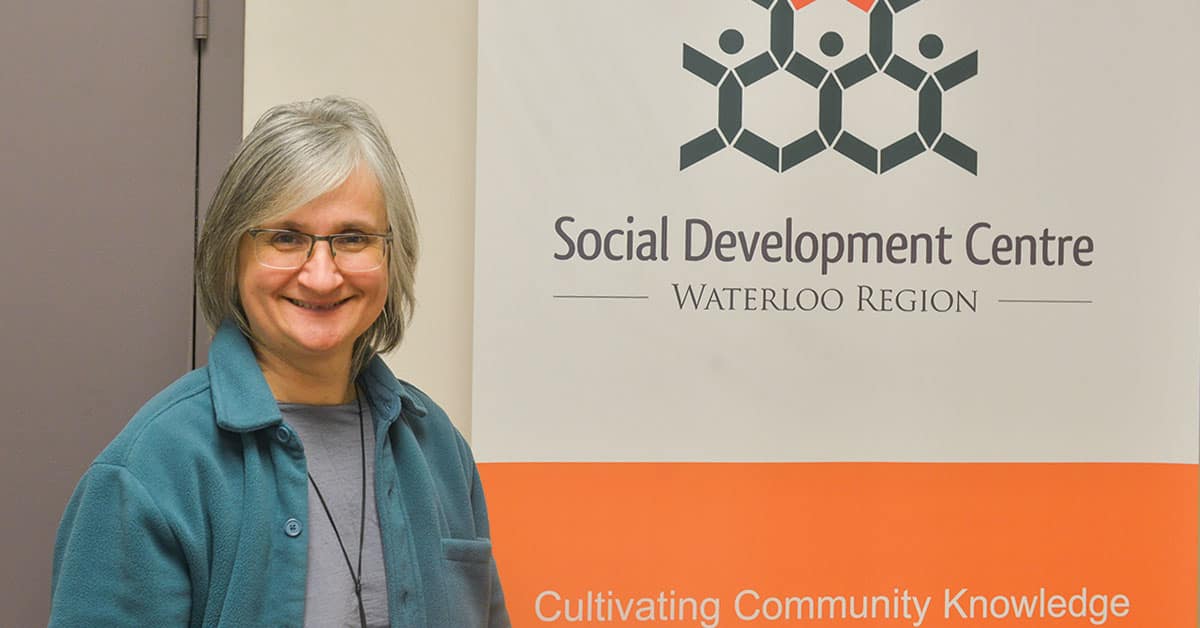;
;
;

The authors of a new study are calling on provincial governments to raise the income threshold that those on social assistance can earn through employment before the help they receive is clawed back. The Montreal Economic Institute (MEI) sees the move as a way to help deal with the shortage of worke
Last updated on May 03, 23
Posted on Mar 16, 23
5 min read
